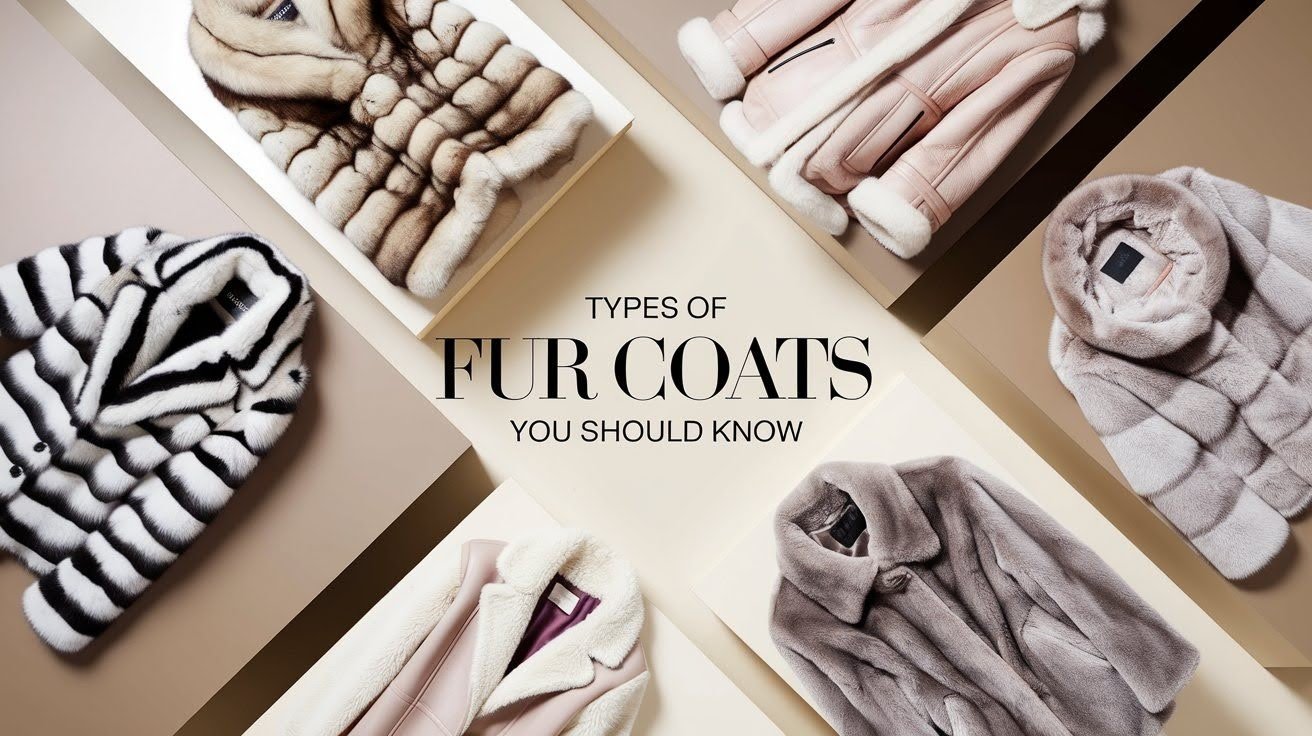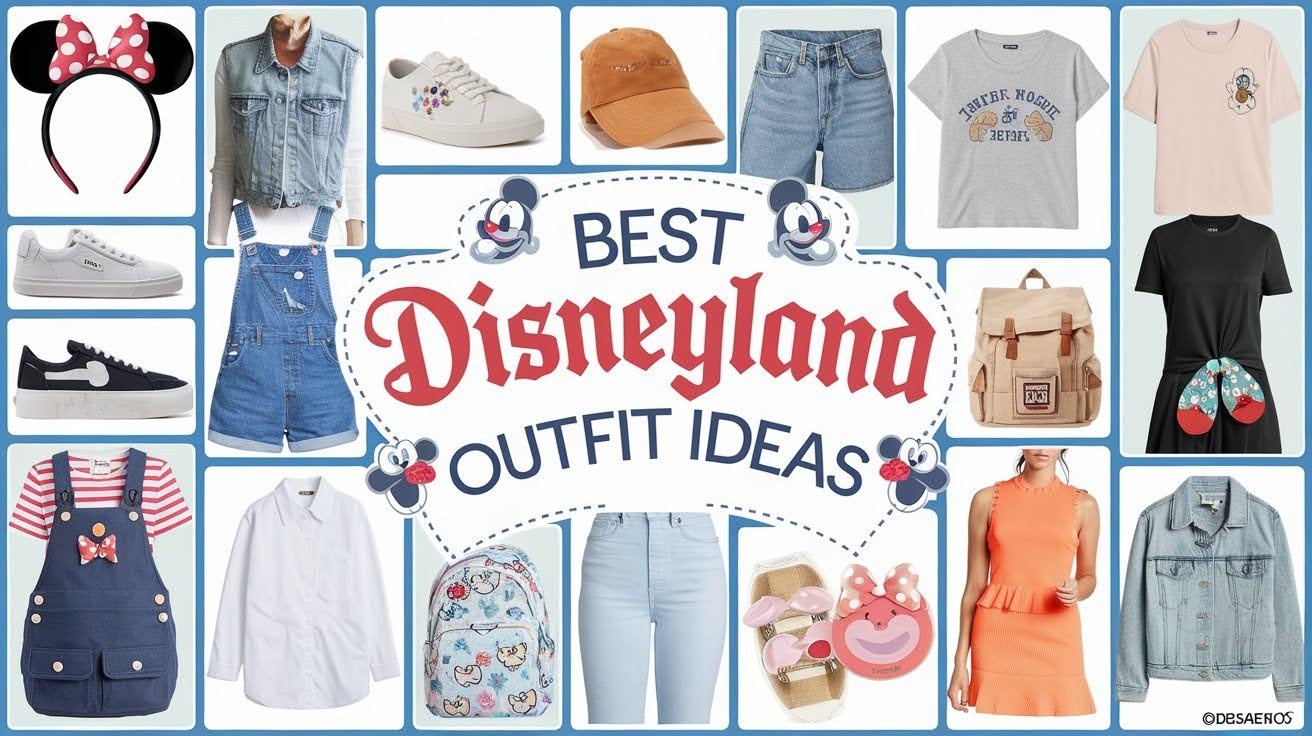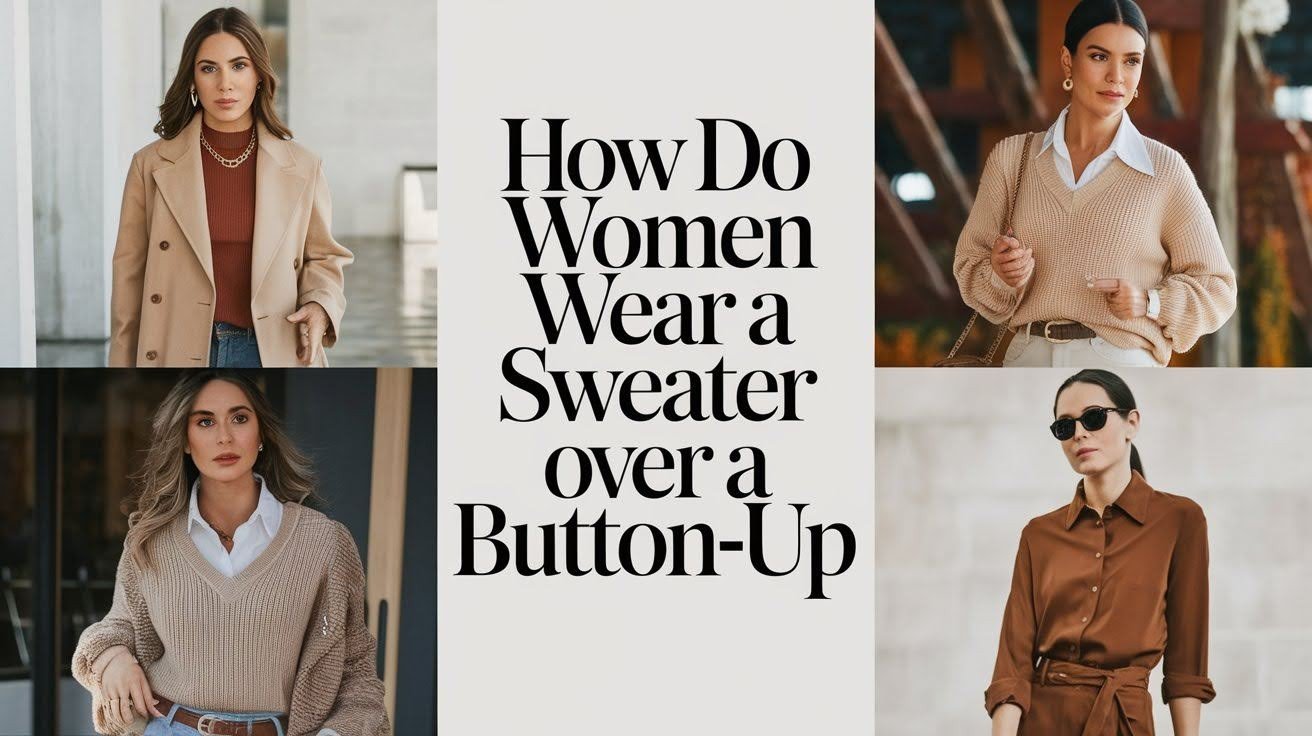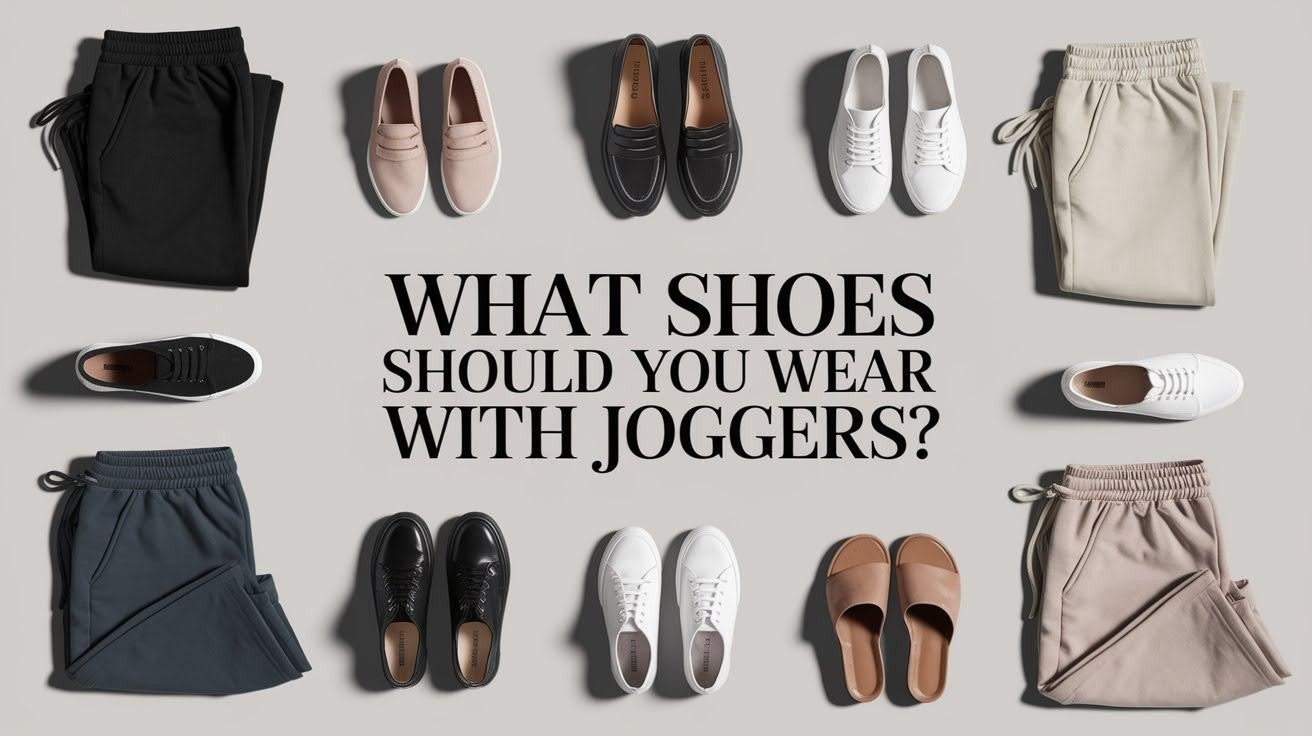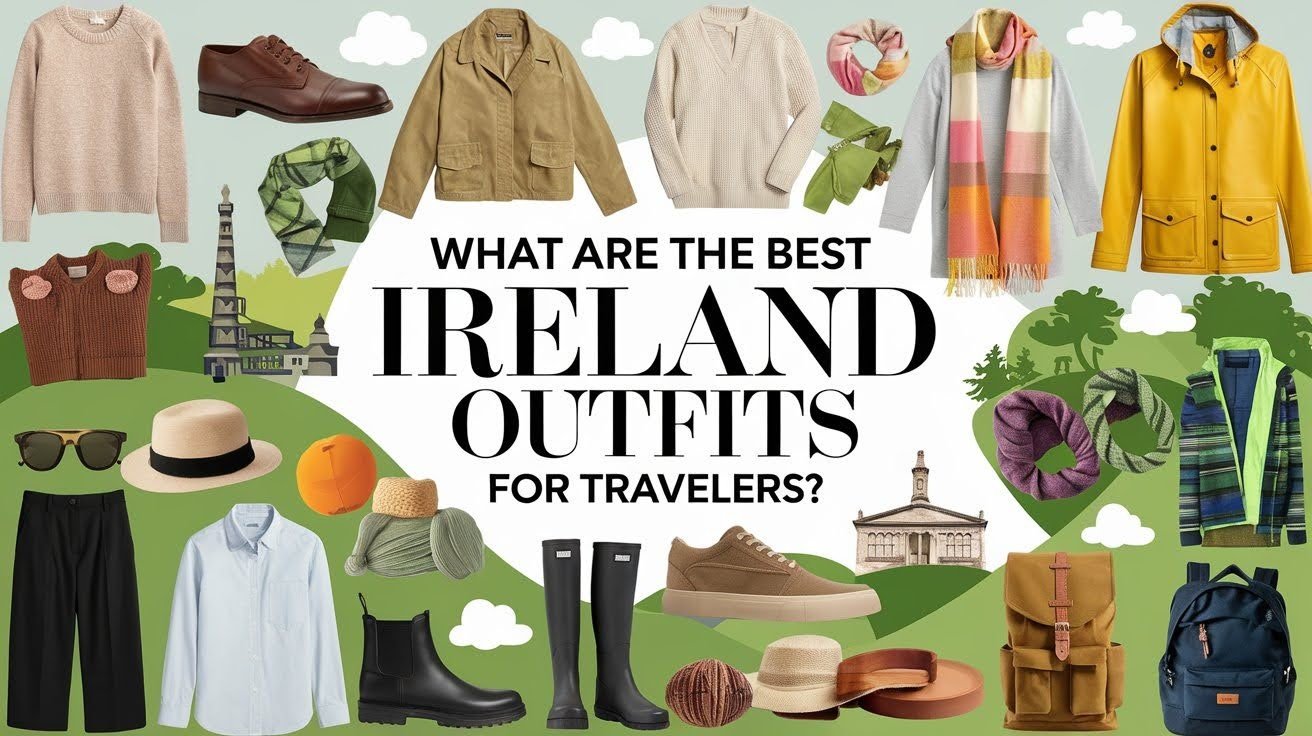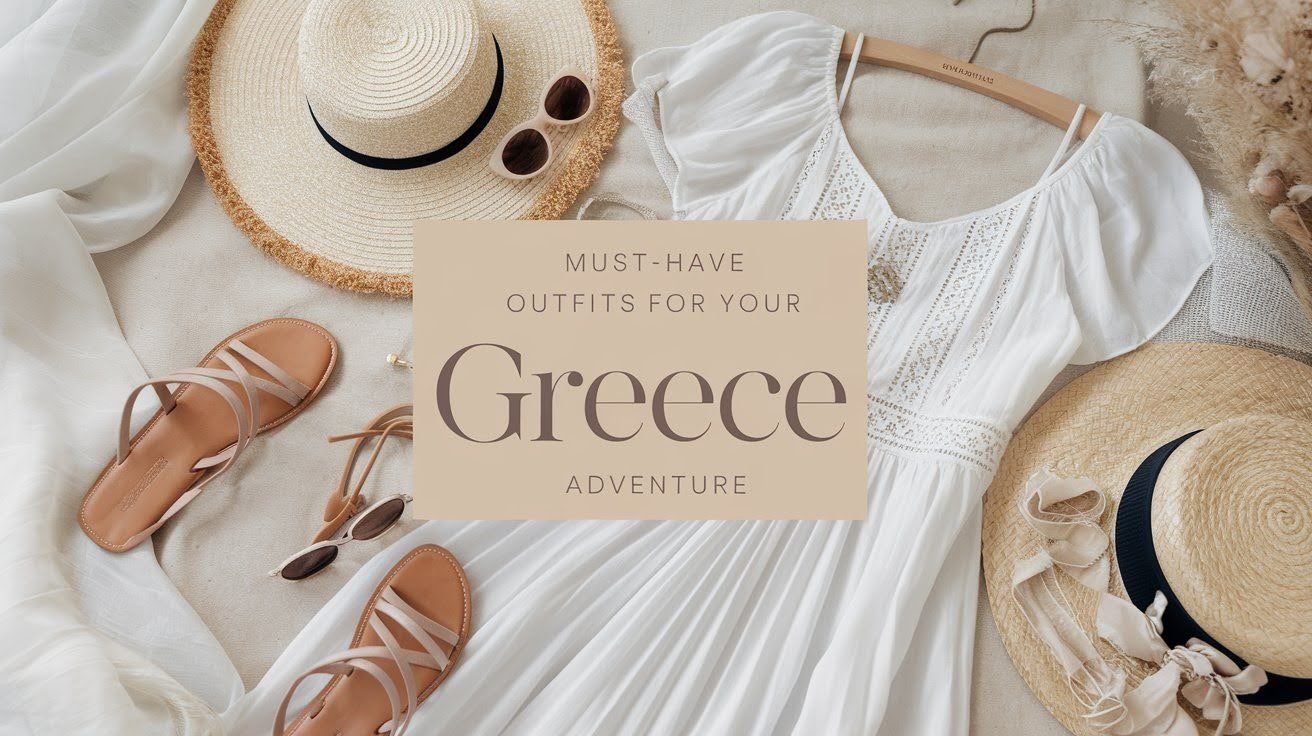Shopping for fur coats shouldn’t leave you confused. I understand that feeling completely.
With 18 natural fur types, ethical alternatives, different cuts, and regional specialties, the choices seem overwhelming. You want the perfect coat but don’t know where to start.
That’s exactly why I created this guide. I’ve spent years studying fur coats and helping people find their ideal match. You’ll learn about every type of fur coat available today, from mink to sustainable faux options.
This article covers natural furs by animal origin, ethical alternatives, style cuts, regional heritage types, plus practical tips for choosing and caring for your coat. By the end, you’ll know exactly which fur coat suits your needs, budget, and values.
No more guessing or costly mistakes.
Natural Fur Coats: Types by Animal Origin
1. Mink Fur Coat

My top recommendation for first-time fur buyers. The fur feels soft and has this natural shine that catches light beautifully.
You’ll find mink in various colors from classic brown to striking black, and even rare white. I love mink because it’s lightweight yet warm, naturally water-resistant, and holds its shape well over time.
2. Fox Fur Coat

All about drama and volume that makes you look glamorous. Red fox is most common, but you’ll also see silver, arctic white, and even dyed colors.
The texture is fluffy and soft, though not as dense as mink. Perfect for making a statement at special events.
3. Rabbit Fur Coat

A great starting point if you’re new to fur coats. It’s much more affordable than other options while still feeling nice. Rex rabbit has particularly short, dense fur that feels like velvet.
The downside is it’s not as warm as denser furs, so it’s better for mild weather.
4. Chinchilla Fur Coat

Hands down the softest fur you’ll ever touch, so dense that water can’t even penetrate it. But here’s the catch, it’s extremely fragile and requires careful handling. One chinchilla coat can cost more than a car, and most people only wear it for very special occasions.
5. Sable Fur Coat

Considered the most valuable fur in the world with this depth of color that seems to change as you move. It’s lightweight, warm, and ages beautifully.
But finding authentic sable is rare, and the price reflects that rarity. If you see a “sable” coat at a bargain price, it’s probably mislabeled.
6. Beaver Fur Coat

Built for harsh conditions with dense underfur that keeps you warm while outer guard hairs repel water.
It’s heavier than mink but more durable, great for outdoor activities in cold weather. Sheared beaver creates a smoother, more refined look.
7. Lynx Fur Coat

Features distinctive spotted patterns and long, silky fur that creates an exotic look. Canadian lynx is particularly prized for its pale color and soft texture, but full lynx coats are a serious investment requiring more maintenance than shorter-haired options.
8. Raccoon Fur Coat

Offers a casual, outdoorsy vibe with excellent warmth from long guard hairs and dense underfur. More affordable than luxury furs but still stylish, with natural banding that creates interesting visual texture. Popular for parkas and casual winter coats.
9. Coyote Fur Coat

Handles extreme cold well and has a natural, wild look with distinctive western appeal. The long guard hairs and thick underfur make it incredibly warm, though the fur tends to be coarser than luxury options but very functional.
10. Opossum Fur Coat

Surprisingly soft and warm with hollow hair fibers that trap air effectively. It’s lightweight and has natural antimicrobial properties, more affordable than traditional luxury furs.
The texture is not quite as refined as mink but softer than you’d expect.
11. Ermine Fur Coat

The winter coat of the stoat, pure white with black-tipped tails, traditionally reserved for royalty. Today, true ermine coats are extremely rare and expensive.
Most “ermine” you see is actually rabbit dyed to look similar. The real thing is incredibly soft but requires expert care.
12. Sheared Mink Coat

Created by removing the long guard hairs, leaving the soft underfur exposed for a sleeker, less bulky look.
This creates a modern, minimalist appeal that’s perfect if you want fur’s warmth without the volume.
13. Sheared Beaver Coat

Feels almost like velvet when the guard hairs are cut short, creating a refined appearance.
It maintains beaver’s durability and water resistance while offering a more polished look suitable for urban wear.
14. Muskrat Fur Coat

It was very popular in the mid-20th century with dense, warm fur in rich brown colors. You’ll mostly find muskrat in vintage shops now.
It’s a good entry point into fur coats without breaking the bank, though not as refined as modern luxury options.
15. Nutria Fur Coat

Made from coypu, which are actually considered invasive in many areas, so using their fur helps with population control.
The fur is soft and warm, similar to beaver but lighter, gaining popularity as a sustainable option.
16. Fisher Fur Coat

Incredibly dense and soft with rich dark coloring, primarily found in North America. The fur is similar to sable in quality but much rarer.
Most fisher fur goes to collectors or high-end furriers, so expect premium prices if you find one.
17. Skunk Fur Coat

Features black and white striping that creates dramatic visual appeal. It was more popular in vintage eras but still appears in specialty collections.
The fur is soft and warm, and definitely a conversation starter.
18. Badger Fur Coat

Has distinctive coloring and texture with stiff guard hairs that create a bold appearance.
It’s not as soft as other furs but very durable, more common in European furrier traditions. Better for trim work than full coats in most cases.
19. Marmot Fur Coat

Can look similar to mink from a distance but costs much less.
The fur is soft and has good insulation properties, often used as a mink substitute in budget-friendly options. Quality varies widely depending on the source.
Faux and Ethical Alternatives
20. Faux Fur Coats

Modern synthetic fur that’s incredibly realistic and can fool most people at first glance. It’s cruelty-free, often more affordable, and easier to care for than real fur.
Plus, you can wear it in the rain without worry. The best faux fur uses a blend of fibers to mimic real fur’s texture and appearance.
21. Eco-Friendly Faux Fur

Made from recycled plastic bottles and other waste materials, offering fashion with a conscience.
These coats perform just as well as traditional faux fur while helping the environment, making them perfect for environmentally conscious buyers.
22. Bio-Based Fur Coats

Scientists are developing fur-like materials from mushroom fibers and lab-grown proteins. It’s still early days, but these materials could change everything.
Some feel similar to real fur, so keep an eye on this space for future developments.
23. Tissavel Faux Fur Coat

A French company known for high-quality faux fur used by luxury fashion houses.
The texture and appearance are remarkably close to real fur, more expensive than basic faux fur but worth the investment for its consistency and quality.
24. Sherpa and Teddy Coats

Have become increasingly popular and aren’t trying to look like animal fur. They have their own cozy look that’s perfect for casual wear and incredibly comfortable.
They’re usually machine washable, which is helpful for busy lifestyles.
Types by Style and Cut
25. Full-Length Fur Coat

Hit at or below the knee and represent the most traditional and dressy style.
Perfect for formal events and cold climates, the long length provides maximum warmth and dramatic impact, though they require confidence to pull off.
26. Fur Jacket/Short Coat

More versatile for everyday wear and easier to move in without being overwhelming.
Great for layering over different outfits, you can wear them with jeans or dresses equally well, plus they’re more practical for car travel.
27. Stroller Fur Coat

Hit around mid-thigh and balance the grace of full-length with the practicality of shorter styles.
Very popular in cities where you need to look polished but still handle daily life, offering good proportions for most body types.
28. Fur Bolero/Shrug

Short, often sleeveless fur pieces worn over other garments, perfect for evening events.
They add luxury without overwhelming your outfit and are great for formal dinners or theater events. Easy to remove if you get warm indoors.
29. Cropped Fur Coat

Hit at or above the waist with a modern, youthful vibe that works well with high-waisted bottoms. Popular with younger fashion enthusiasts and creates interesting proportions when styled right, though not the warmest option.
30. Hooded Fur Coat

Adding a hood makes any fur coat more practical for bad weather, with hoods that can be lined with the same fur or contrasting materials.
Particularly popular with parkas and casual styles, great for outdoor activities.
31. Reversible Fur Coat

Have fur on one side and different material on the other, essentially giving you two coats in one. Great value and versatility, perfect for travel when you need to pack light, though construction quality varies significantly between brands.
32. Fur-Lined Parka

Combine the practicality of technical outerwear with fur’s warmth and luxury, often featuring removable fur linings.
Perfect for extreme weather conditions and popular in cold climates where function matters as much as style.
33. Vintage Fur Coat

Have history and character you can’t get with new pieces, with each one being completely different.
Often better quality than modern equivalents and an environmental choice since you’re reusing existing materials.
34. Patchwork Fur Coat

Combine different fur types or colors in artistic patterns, with each piece being essentially wearable art.
Perfect for those who want something completely different, often more affordable than single-fur coats.
Types by Region or Heritage
35. Russian Sable Coat

From Siberian sables, considered the final luxury fur where harsh climate produces incredibly dense, soft fur.
These coats are investment pieces that can last generations with extraordinary craftsmanship. Authentic Russian sable comes with certification and commands premium prices.
36. Persian Lamb Fur Coat

Also called Astrakhan, has a distinctive curled texture from young Karakul sheep. The tight curls create a sculptural look that was very popular in the early-to-mid 20th century.
Still available today, though less common than smooth furs.
37. Canadian Lynx Coat

Produces some of the finest lynx fur available, where cold climate creates thick, luxurious coats.
The pale coloring and soft texture are highly prized, often used for trim on other luxury items. Full Canadian lynx coats are rare and expensive.
38. Tibetan Lamb Coat

Has long, wavy fur that creates interesting texture and movement, with each piece being completely different.
The natural curl pattern means no two coats look exactly alike, popular for its artistic appeal and lighter weight than many other lamb furs.
Choosing the Right Type for You
With so many options, how do you choose?
Consider your climate. If you live somewhere with harsh winters, focus on warmth. Dense furs like beaver work well. For milder climates, rabbit or faux fur might be perfect.
Think about your lifestyle. Active lifestyle? Choose durable, easy-care options. Formal events? Invest in nicer furs like mink.
Set your budget. Fur coats range from under $100 for basic faux fur to $50,000+ for rare sables. Be realistic about what you can afford.
Consider maintenance. Real fur requires professional cleaning and storage. Faux fur is usually machine washable.
Match your values. If animal welfare concerns you, stick to high-quality faux alternatives or vintage pieces.
Try before you buy. Fur coats are very personal. What feels amazing on someone else might not work for you.
Fur Care Tips
Proper care makes your investment last decades.
- Take real fur to professionals for cleaning. Never attempt to wash it at home.
- Store properly using a breathable garment bag, never plastic. Cool, dry conditions prevent damage.
- Give it space. Don’t crush fur coats against other clothes. They need room to breathe.
- Handle with care. Don’t sit on fur or carry heavy bags that compress it.
- Avoid perfume and hairspray near fur. Chemicals can cause damage and discoloration.
Conclusion
You now have everything you need to choose the perfect fur coat. I’ve shown you 18 natural fur types, ethical alternatives, different cuts, and care tips that will save you money and mistakes.
The decision comes down to your personal needs. Consider your climate, lifestyle, budget, and values. If you choose mink, sustainable faux fur, or vintage finds, you’re making an informed choice.
I believe the best fur coat is one that makes you feel confident and matches your values. Start by visiting local stores to feel different options yourself. Trust what feels right for your body and lifestyle.
What type of fur coat appeals to you most? Share your thoughts in the comments below.
Frequently Asked Questions
How much should I expect to pay for a quality fur coat?
Quality fur coats range from $200 for good faux fur to $50,000+ for rare sables. Most people find excellent options between $1,000-$5,000 depending on fur type and craftsmanship.
Which fur type is warmest for extremely cold climates?
Beaver and coyote furs offer the best warmth due to their dense underfur and water-resistant properties. These working furs were designed by nature to handle harsh winters.
How long does a real fur coat typically last?
A well-maintained real fur coat can last 20-50 years with proper care and storage. Quality vintage pieces from the 1940s-60s are still wearable today with minor repairs.
Can I wash my faux fur coat at home?
Most high-quality faux fur coats are machine washable on gentle cycles with cold water. Always check the care label first and use mild detergent without fabric softener.
What’s the most ethical way to buy a fur coat today?
Vintage fur coats are the most ethical choice since no new animals are harmed. High-quality faux fur made from recycled materials is another excellent sustainable option

